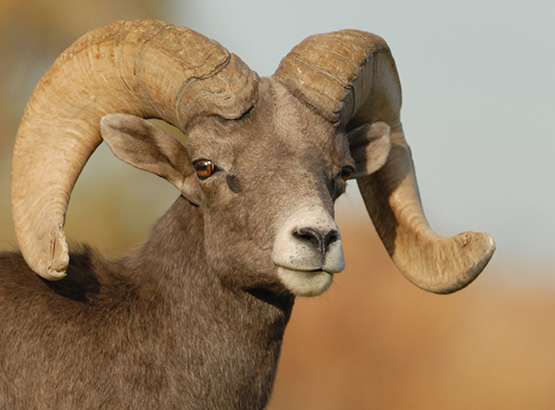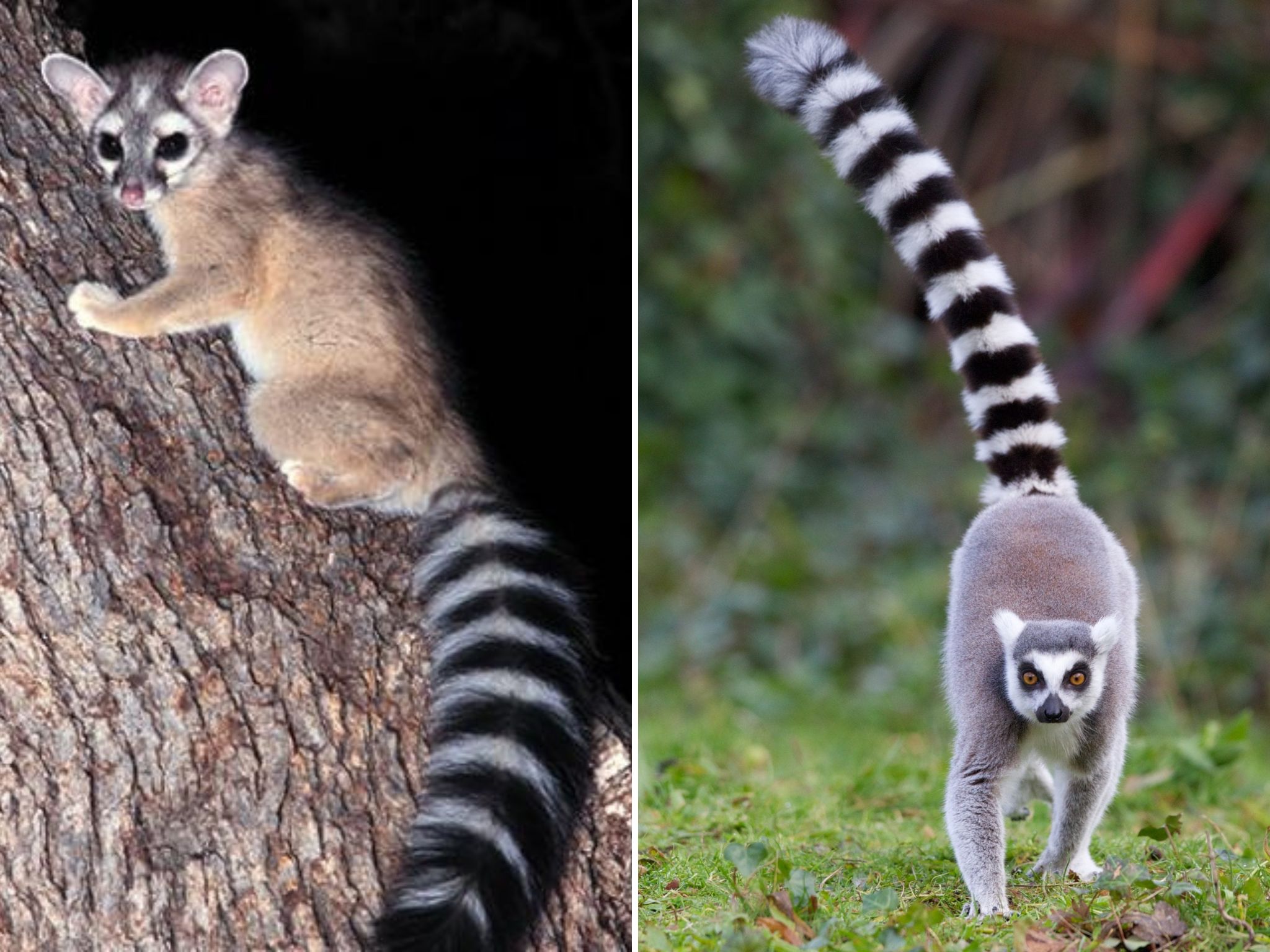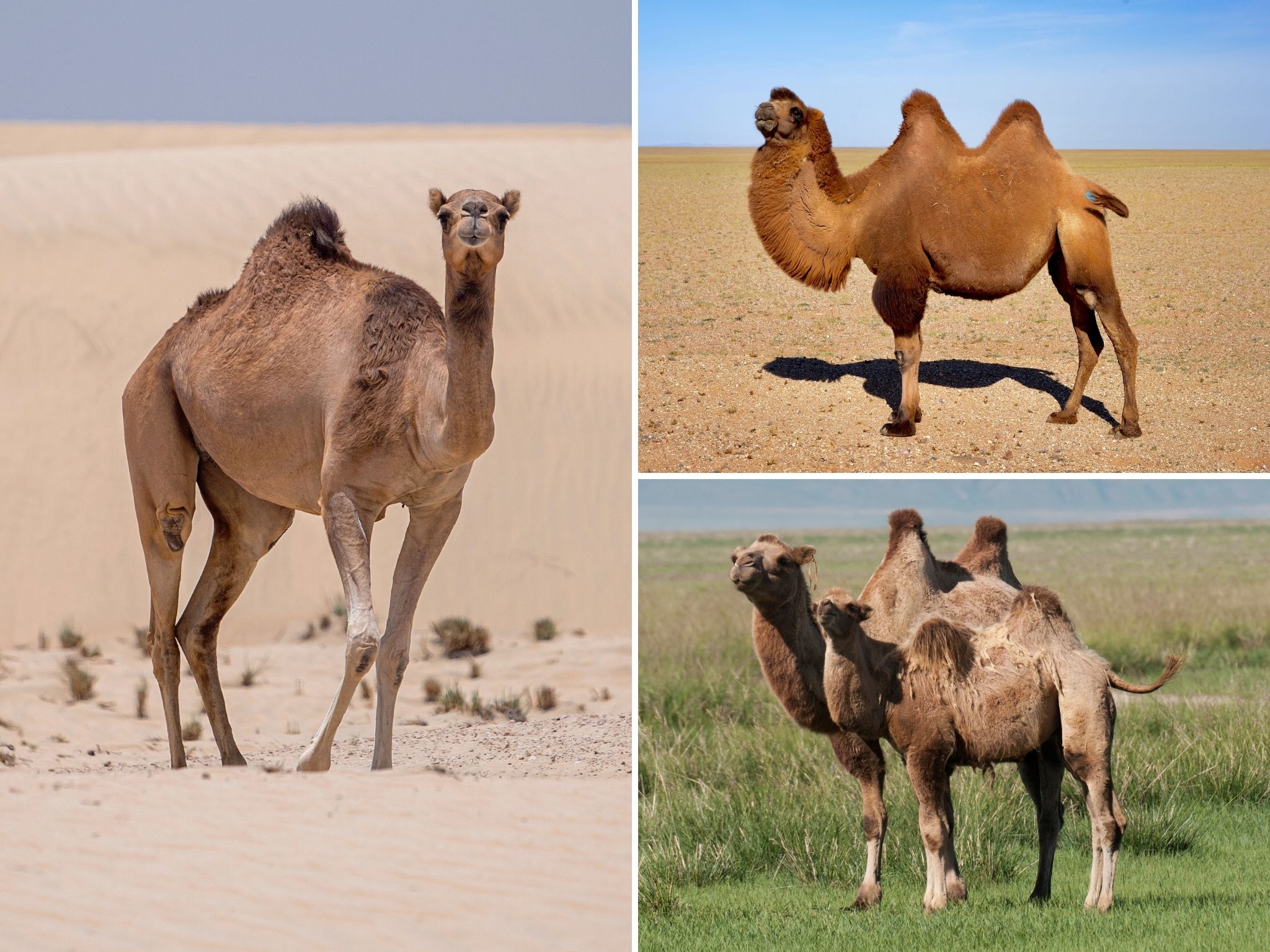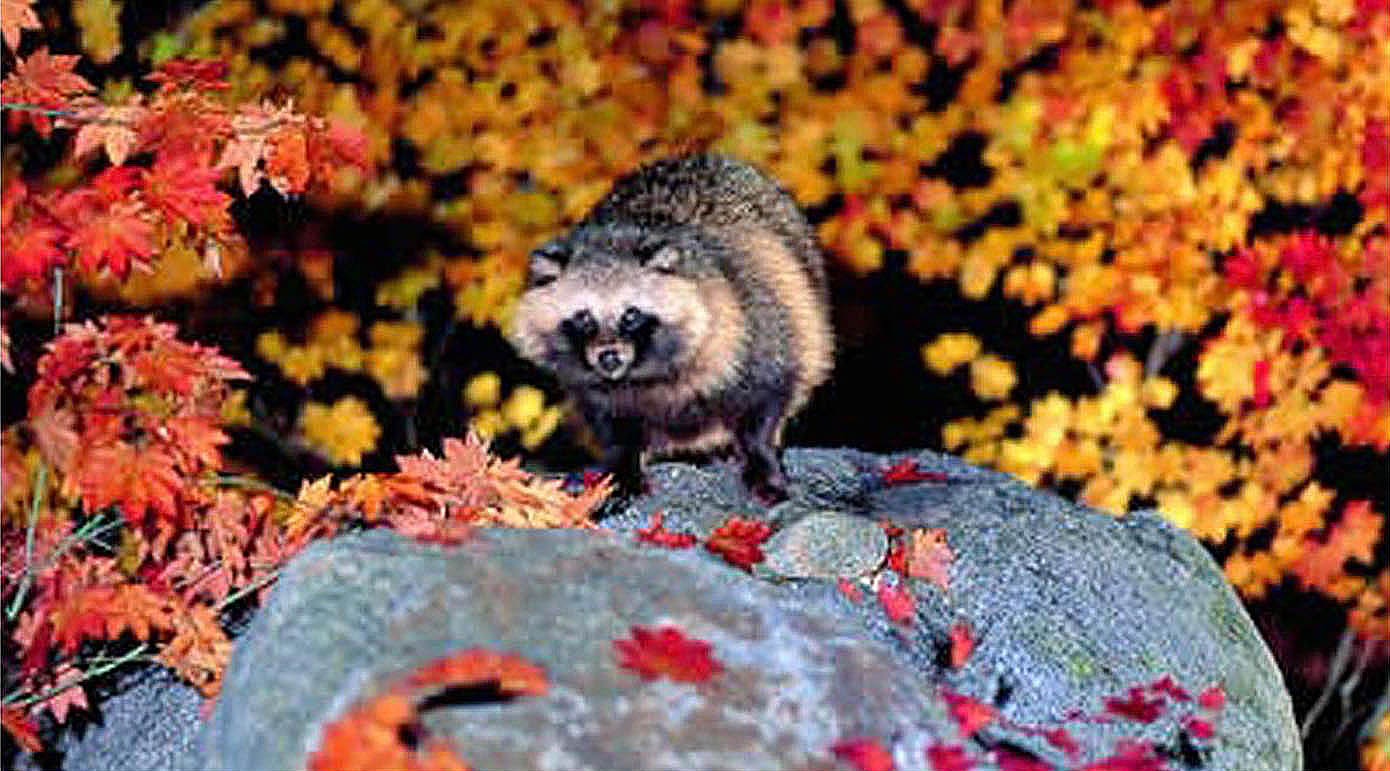
Do you have questions about desert bighorn sheep? You’re not alone. Here are the top FAQs about desert bighorn sheep.
1. What are desert bighorn sheep and where do they live?
Desert bighorn sheep (Ovis canadensis nelsoni) is a subspecies of bighorn sheep (Ovis canadensis) native to the desert mountains and canyons of North America. They are the largest wild sheep in North America, with males (rams) weighing up to 250 lbs (113 kg) and females (ewes) up to 125 lbs (57 kg).
2. How can you identify them?
- Muscular body with chocolate brown fur
- White fur around the muzzle, rump, and belly
- Rams have large, curved horns, while ewes have smaller, weakly curved horns


3. What do they eat and how do they survive in the desert?
They are herbivores and eat a variety of desert plants, including grasses, shrubs, and forbs. They are well-adapted to desert life, with:
- High water-storage capacity to survive between water sources
- Salt licks to obtain essential minerals
- Excellent climbing abilities to reach food and water in steep terrain
4. Are they social animals?
They live in herds of up to 20 individuals, although solitary rams are also common. Social structure varies by age and sex, with females forming more stable groups.
5. What are some interesting facts about them?
- Bighorn sheep can jump up to 12 feet (3.7 m) high and run up to 20 mph (32 km/h).
- Rams use their horns for dominance battles to establish breeding rights.
- They are an important part of the desert ecosystem, helping to control plant growth and disperse seeds.


6. Are they endangered?
Desert bighorn sheep were once much more common but have declined due to factors like habitat loss, disease, and competition with domestic sheep. While not currently listed as endangered, some populations require conservation efforts.
Bonus FAQs:
- Do they have predators? Mountain lions, coyotes, and golden eagles are their main predators.
- How long do they live? They can live up to 15 years in the wild.
- Can I see them in the wild? Yes, with careful planning and respectful observation, you might encounter them in their desert habitats within national parks or protected areas.
Hopefully, this answers your questions about these fascinating and resilient desert dwellers!






